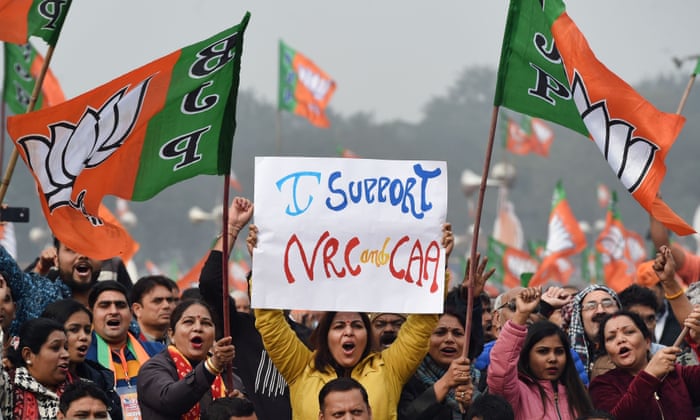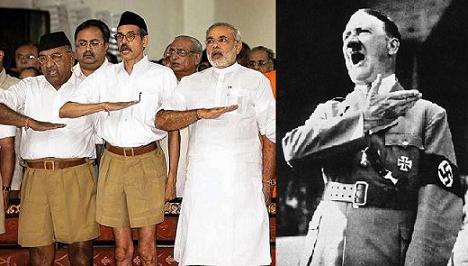It is sad that as part of the Indian venomous propaganda campaign, in his article, published in Japan Times on April 14, 2020, under the caption “The other contagion: Political and religious fanaticism”, Indian writer Brahma Chellaney has shown misconceptions about the Muslims, some Islamic countries, including Pakistan and China in relation to the Coronavirus outbreak.
Brahma Chellaney wrote: “Just as fascism led to World War II, communism has engendered the greatest global health catastrophe of our time. The Chinese Communist Party, by initially covering up the COVID-19 outbreak in Wuhan, helped unleash the world’s worst pandemic … [China’s]…authoritarianism can ravage the entire world…the pandemic is another extremism—one grounded in religion…Meanwhile, a transnational Islamist movement, the Tablighi Jamaat (“Proselytizing Society”), by holding large gatherings in Malaysia, Pakistan, and Indonesia, helped export the pathogen to multiple countries extending from Southeast Asia to West Africa. This Sunni missionary movement also held a session in New Delhi that helped spread the virus across India. Through its large events, the Tablighi Jamaat—which has long served as a recruiting ground for terrorist groups—has emerged as the super-spreader of COVID-19…the organization will be remembered for the deaths and suffering it caused in many communities. The lesson is that religious fanaticism, like political despotism, is often deadly. Indeed, the blind faith of religious zealots has been a significant trigger in spreading the coronavirus, as Iran’s case underscores”.
While, spreading disinformation in line with the fanatic Indian Prime Minister Narendra Modi, the ruling party BJP, including other religious extremist groups, the writer has ignored the ground realities.
Indian writer should pay attention to the fact that Prime Minister Modi’s extremist party BJP had also got a land sliding triumph in the Indian elections 2019, as, during the election campaign, the Hindu majority was mobilized on ‘hate Muslim’ slogans and ‘anti-Pakistan’ jargons. On the basis of the same slogans, the BJP-led alliance won the 2014 elections.
Since 2014 Modi-led BJP was already promoting religious fanaticism and the ideology of Hindutva (Hindu nationalism) by persecuting religious minorities, Sikhs, Christians, and particularly Muslims, including even lower cast-Hindus.
In his second tenure, the Premier Modi government accelerated the implementation of the Hindutva agenda, especially targeting the Muslims. Indian fanatic rulers’ various moves such as abrogation of the special status of the Jammu and Kashmir to turn Muslim majority into a minority in the Occupied Kashmir (IOK), continued lockdown in the IOK, the martyrdom of thousands of the Kashmiris there, issuance of a notorious map to bifurcate the Kashmir region into two union territories and introduction of new domicile law to further alter the demographic and geographic status of the IOK against the majority of Kashmiris are notable.
Particularly, in the aftermath of the elections 2019, news reports have highlighted different cases in which Dalits and especially Muslims were violently targeted by the radical Hindus.
In this respect, RSS chief Mohan Bhagwat said on October 8, 2019: “Bharat is Hindu Rashtra and all Bharatiyas are Hindus.”

Besides, the Indian Citizenship Amendment Act 2019 (CAA) further exposed the Modi government’s discriminatory policies. The CAA coupled with the National Register of Citizens (NRC) is mainly against Muslim immigrants especially from Pakistan, Bangladesh, and Afghanistan. It strips 200 million Indian Muslims of their citizenship.
Since December 15, 2019, daily mass protests, even by the moderate Hindus have been taking place across every state in India against the CAA and the NRC, which resulted in killing of more than 200 persons and injuring 800-mostly Muslims by the police and fanatic Hindus. But, the Modi-led regime has not withdrawn the CAA/NRC. Since February 23, this year when clashes started in New Delhi between protesters for and against the citizenship law, Hindu extremists of RSS and BJP have burnt properties of Muslims, including their vehicles and mosques, and compelled them to leave the areas.
While Indian rulers have been imposing various kinds of restrictions on the Muslims, coronavirus provided them another pretext to increase their hardships. Top officials of the Modi government and the health ministry claimed that Muslims are spreading this virus. Availing this opportunity, Hindu zealots have set off a series of assaults against Muslims across the country.
In this connection, The New York reported on April 12, 2020: “Muslims have been beaten up, nearly lynched, run out of their neighborhoods or attacked in mosques…Hindu extremists are scapegoating the country’s entire Muslim population for deliberately spreading the virus through “corona jihad”.
Al Jazeera reported on April 16, 2020, “Indian hospitals segregate Muslim and Hindu coronavirus patients…In what many are calling a case of “apartheid” during a global pandemic…made separate wards for Hindu and Muslim patients. It is a decision of the government”.
In this context, under the title “It Was Already Dangerous to Be Muslim in India. Then Came the coronavirus”, Billy Perrigo also elaborated the Indian present drastic anti-Muslim phenomena.
As regards the Tablighi Jamaat congregations since the remote past, they have been holding congregations. But, now as part of New Delhi’s biased policies, their preachers have also become the main target of coronavirus epidemic.
Indian Constitution which declares India to be a democratic state, safeguarding the rights of minorities has been torn into pieces by the Narendra Modi who has changed it into authoritarianism by targeting the minority groups, particularly Muslims.
And Brahma Chellaney who also held China responsible for deliberately preparing and spreading the COVID-19 is no more than disinformation. US-supported India wants to counterbalance China in Asia. So, the writer has spoken in the tone of America which has earlier accused Beijing in this regard.
Notably, Lijian Zhao, an official spokesperson for the Chinese Ministry of Foreign Affairs stated on March 12, 2020, that the US Army has brought the coronavirus epidemic to Wuhan from where it originated. US athletes participated in the Military World Games which were held from October 18–27, 2019 in Wuhan.
So, Washington’s main aim was to check the rapidly increasing economic influence of China in the Afro-Asian countries. And New Delhi is also against the growing impact of Beijing in the region.
At present, China has controlled the coronavirus and lifted lockdown in Wuhan. Even, America is seeking Chinese help to eliminate the COVID-19 outbreak.
In terms of the above-mentioned facts, Brahma Chellaney’s article is based upon his misconceptions about the Muslims, some Islamic countries, including Pakistan and China.







